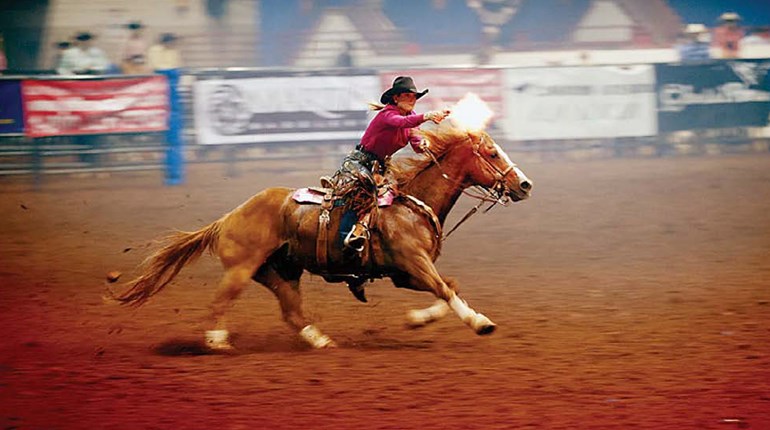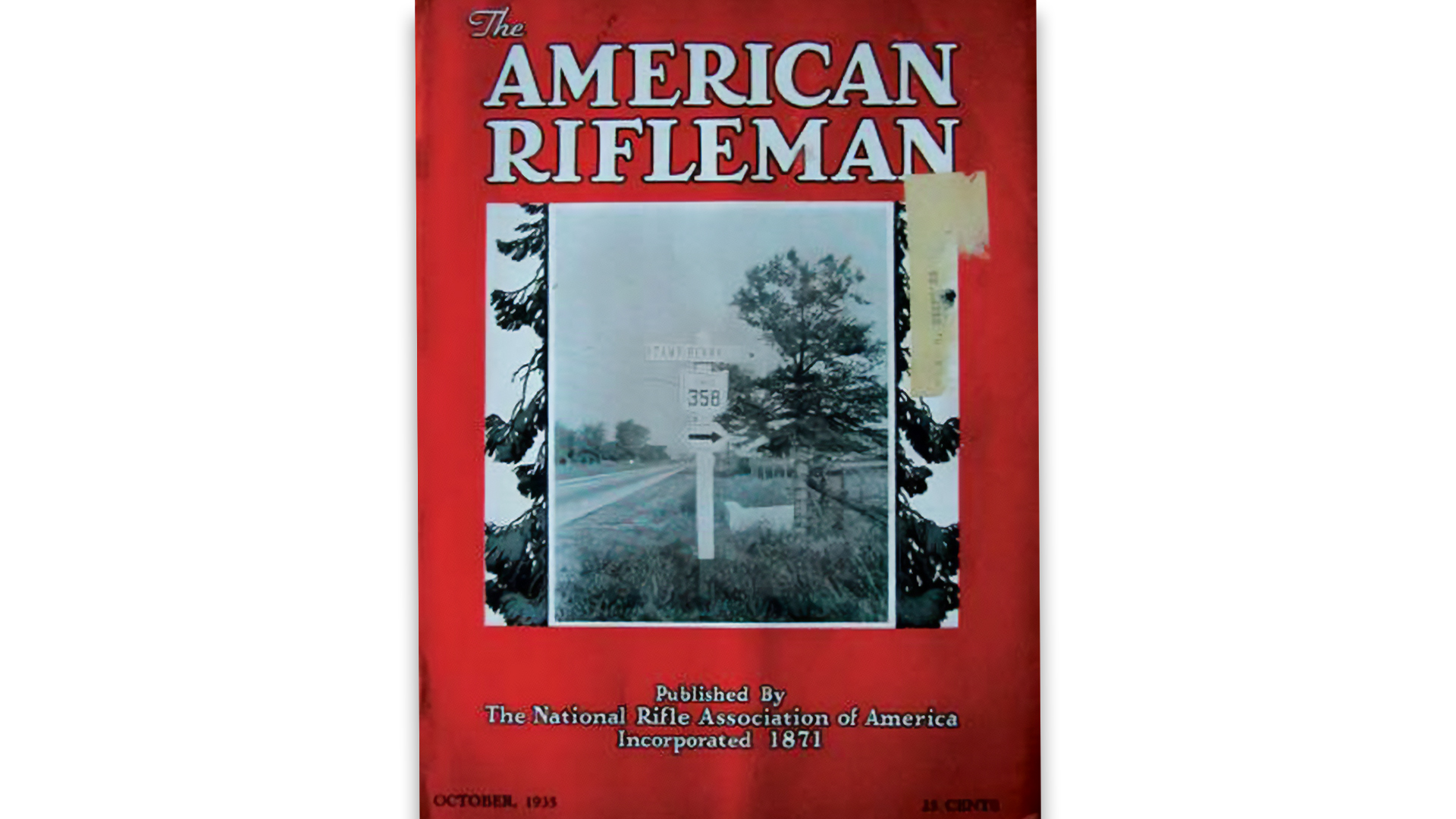
“Our organization was solely responsible for the fact that the National Matches were held this summer, or for that matter, were ever held in the first place.”
—NRA Executive Vice President Milton Reckord in The American Rifleman, November 1935
In Match 1935, an editorial in The American Rifleman stated that after a three-year lapse, the National Match program would most likely be restored. The statement proved to be true, but only because the NRA intervened when Congress did not appropriate National Match funds for 1935. The eventual decision to approve the funding also seemed practical given the growing tensions around the world and the need for military preparedness in the United States. It was with obvious elation among the shooting community, therefore, that on April 9, President Franklin Delano Roosevelt approved the annual War Department Appropriation Bill and resurrected the National Match program with a $350,000 provision for the National Board.
“A revival of interest in outdoor shooting, even greater than prevailed four years ago, is expected, following the action of Congress in giving back to shooters of America the National Matches to be held at Camp Perry, Ohio, this fall.”
—The American Rifleman, April 1935
With Col. Walter C. Short as Executive Officer, the National Match program was conducted in a full-scale capacity for the first time since 1931 and attracted nearly 3,000 competitors. Significant to the event in 1935 was that the NRA took a definite stand toward promoting civilian participation and experimentation on the firing line by instituting more “any rifle” matches. In pistol, special loads and newly improved front and rear sights were allowed in most matches, and notable to the program this year was the initiation of a three-gun championship.
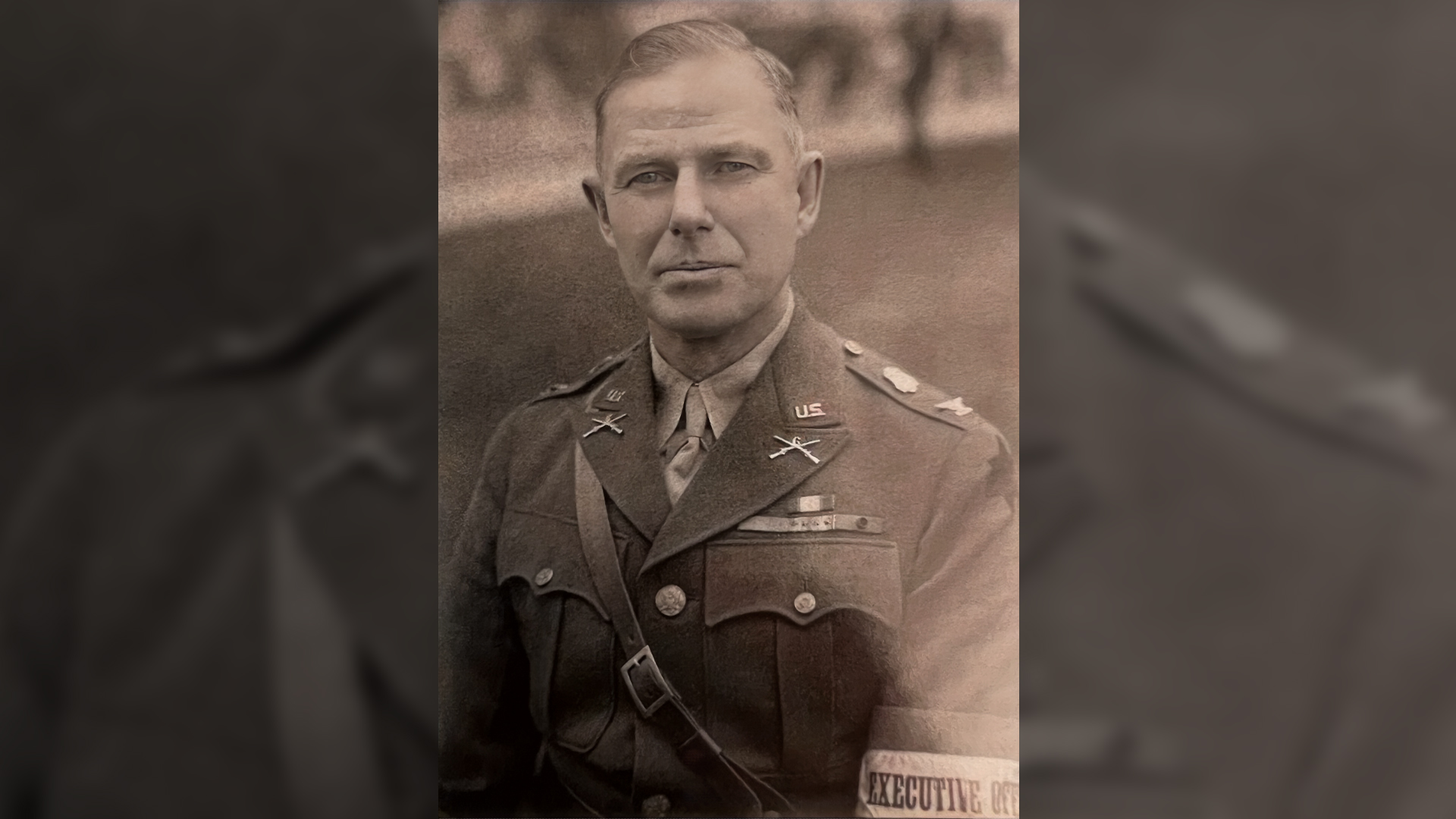
On the smallbore side, The American Rifleman reported that custom stocks “… appear now to have become epidemic … This … does disclose why the shooting with small-guns is attracting recruits in such great numbers, and why as a sport it is held in such esteem.”
Specific to the smallbore program, this year the national championship was modified from a 1700 aggregate to 2100 and renamed the Critchfield Aggregate in recognition of the bronze trophy that was put into competition the year before to honor the founder of Camp Perry, Ammon Critchfield. Over the years, the championship evolved from a three-match affair that at one time mirrored big-bore contests in name—Small-Bore Marine Corps, Small-Bore National Individual and Small-Bore Wimbledon Cup—to the inaugural six-match Critchfield Aggregate this year that was won by 1933 champion Therkild Samsoe and featured 200-yard firing in half of the events.
The quality of shooting was so high that in Dewar competition the average score for a 10-shot string fired by the final 20, across the entire trial period, was a phenomenal 99.95. The skill was certainly needed when weather conditions deteriorated. The saving grace was that the team elected to shoot the 100-yard stage first and winds that had kicked up while shooters fired at 50 yards did less damage than had the order been reversed. While this year’s score was a good deal lower than the record set by the 1934 team, it was good by 18 points to hang onto the cup for another year.
“The civilians—those who could afford it—kept plugging at state and regional matches during the years 1932-33-34. This year they were out in force at the National Matches … With no National Matches to stimulate individual effort, and with no ammunition issued for practice, the Regulars and the Guard have lost their monopoly on the high places …”
—The American Rifleman, October 1935
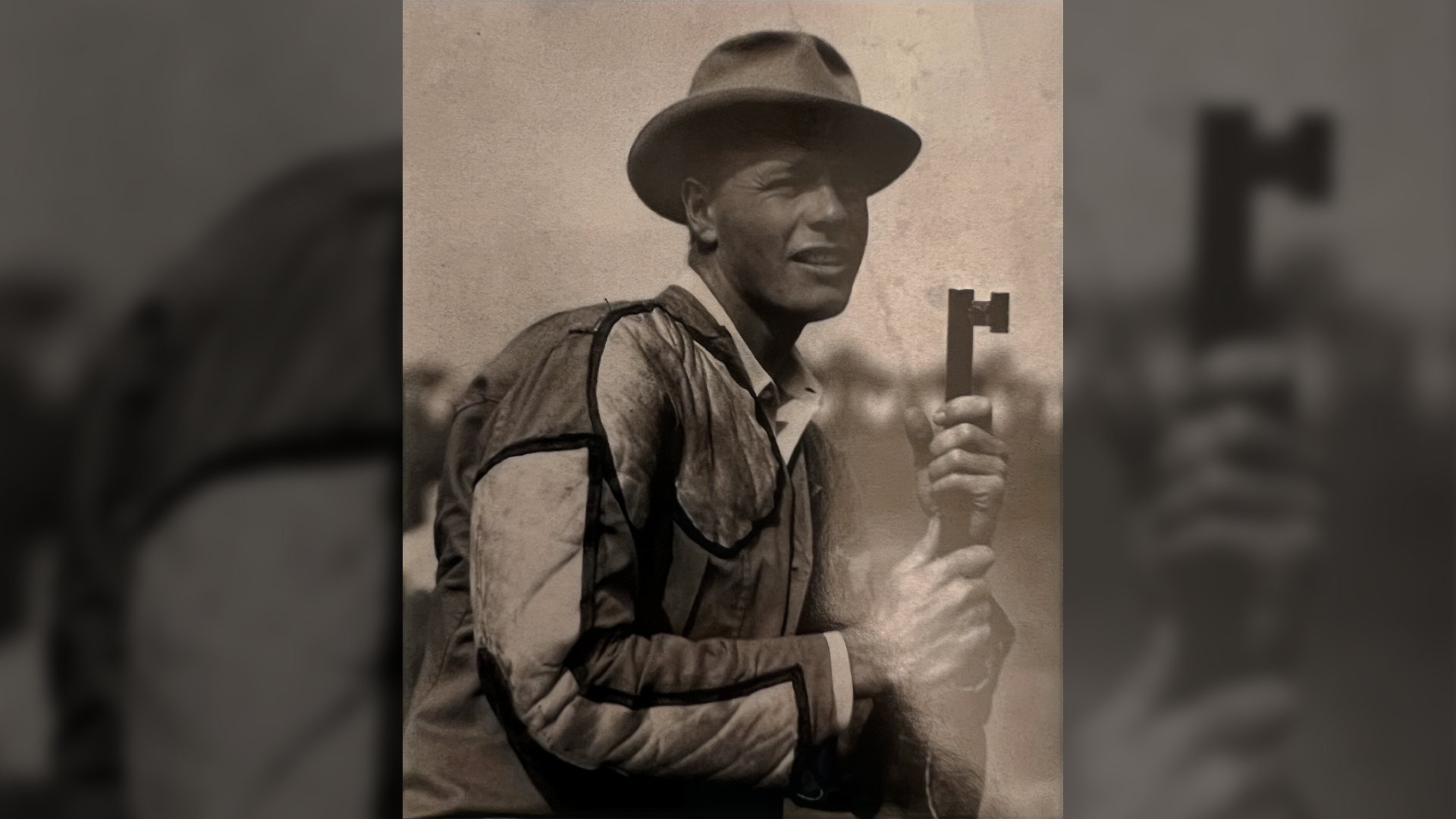
The increase of civilian shooters produced many notable occurrences. In the 200-yard smallbore Hercules Trophy Two-Man Match, Elsie Hellwig of Connecticut fired a women’s record 198x200, three points higher than her teammate, Jack Hession. It was also the first year of competition for Alice Bull of Washington state, who finished second in the Member’s Match among 1,445 entries and would later go on to establish herself as one of the country’s top women big-bore shooters and NRA activists. Henry Adams of the California Civilian Team that won the Hilton Trophy showed his dexterity as a marksman when he captured the inaugural Williams Trophy, emblematic of the NRA’s newly established all-around pistol title that comprised scores from the .22, .38 and .45 caliber championships. The aggregate consisted of National Match Course firing with the .22 and center-fire guns, plus 20 shots fired slow, timed and rapid with the .45.
The prestigious Leech and Wimbledon Cup Matches were won by civilians James Wade of Utah and Ben Comfort of Missouri, respectively. Comfort’s win was especially noteworthy since he did it with a .300 Holland and Holland rifle, not the .30-06 service variety equipped with custom stock and heavy barrel that had long been used in previous Wimbledons.
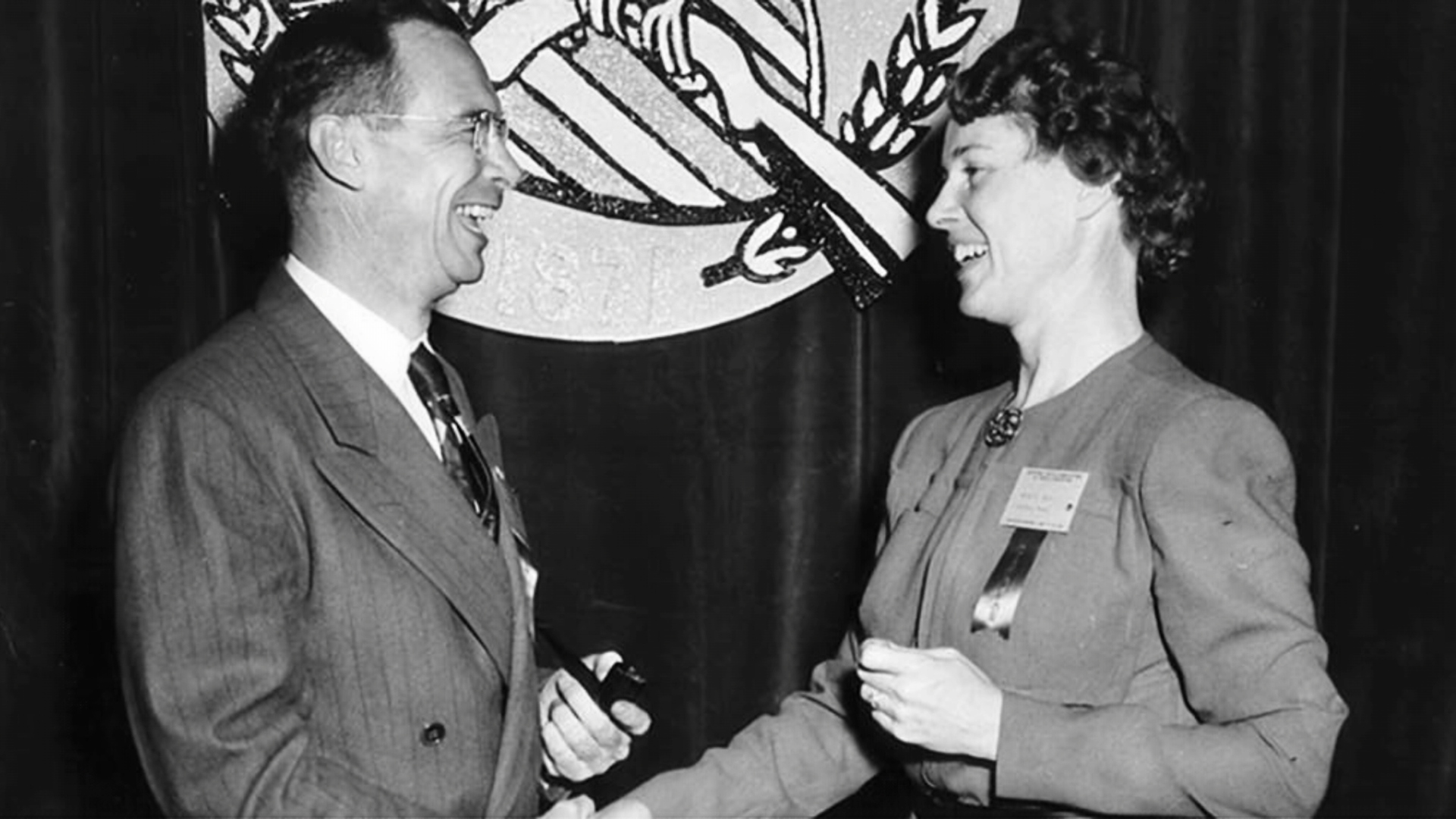
Amidst the impressive performances by non-military shooters this year, the Marine Corps shot its way to the top in several events, including the A.E.F. Roumanian, Herrick and both Board team matches, though the National Team Pistol title had to be wrestled away from two Los Angeles Police squads in a tie break. Among the individual events won by Marines were the NRA President’s (St. John Blakley) and National Individual Rifle (St. Claude Harris) Matches, while Lt. Richard Boerem of the Michigan National Guard won the National Individual Pistol title.
“Rifle and pistol shooting has proven itself to be an almost depression-proof sport.”
—The American Rifleman, May 1935
Highlights of the financial sort that played a part in attracting more civilian shooters this year included special railway rates of “fare-and-one-third for the round trip” for NRA members and their families traveling to Camp Perry by train. Also, the method of distributing cash prizes was revamped whereby money was guaranteed and competitors knew in advance what amounts would be awarded. An eight-tiered “schedule” system identified A through H was employed and cash distributions were determined by conditions of a particular match. In addition, competitors who did not want to jeopardize their amateur status in other sports were asked to indicate their preference for medals and trophies only upon entry and, in applicable cases, the cash award was moved down a place in the overall standings.
“Think National Matches; talk National Matches, and then—go to the National Matches.”
—The American Rifleman, March 1935














